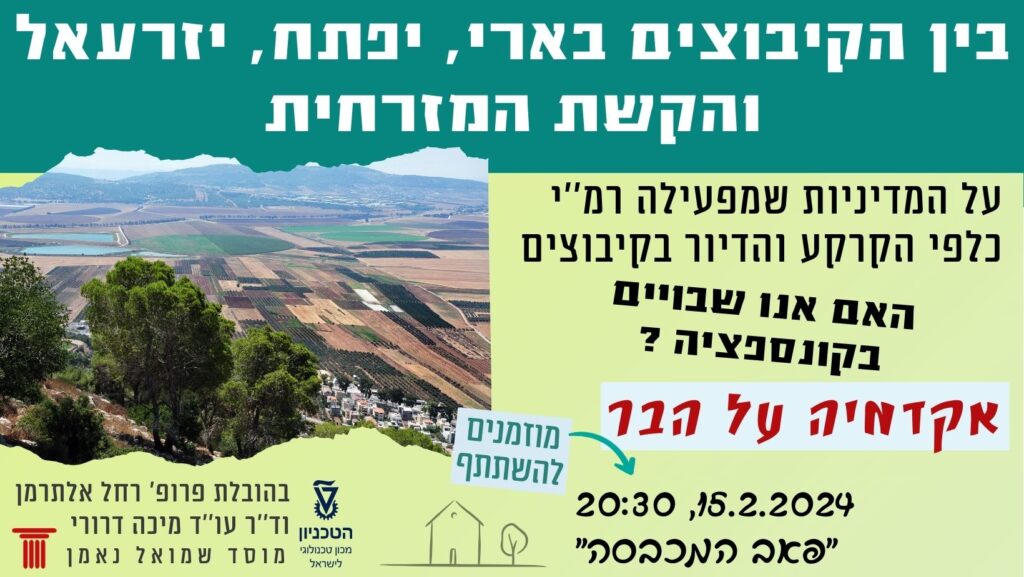The following is a summary of additional research conducted by the Samuel Neaman Institute following research conducted in 2010 “Mapping of Research Infrastructures in Israel” The purpose of the latter was to compile a database which would constitute the basis for a road map setting out the establishment of National Research Infrastructures in Israel. The follow-up research began in May 2012 with the aim of completing a more comprehensive mapping of existing research infrastructures in Israel. The report includes three chapters: Chapter one offers an updated mapping of research infrastructures and describes the methodology used. 119 research infrastructures appear in the report, of which 87 were previously mentioned in the 2010 report, and the remaining 32 newly mentioned. The mapping shows that 58% of the research infrastructures are located within academic institutes, 30% in public and governmental institutes and 12% within the industry. To complete the picture of the research infrastructures available to researchers in Israel the chapter also includes information on ten international research facilities, which are used by Israeli researchers and funded by government budgets. The second chapter examines research infrastructures at the national level in relation to three main fields: nanotechnology and nanoscience, brain research, genomics and proteomics. This allows for an assessment of the current availability of research infrastructures to researchers in these fields. The third chapter is a literature review of four countries who have compiled national roadmaps for the development of research infrastructures: Finland, Australia, the Netherlands, and the European Forum on Research Infrastructures (ESFRI). This report may be useful for studying the process of compiling a research infrastructure development road map, with the aim of devising a suitable one for Israel. This summary report is entitled: “From Mapping Research Infrastructures to Compiling a Road Map – a review of selected countries with proven experience”. It can be found as a separate report in the Neaman Institute website.
 / Publications / Mapping of National Research Infrastructures in Israel: updated mapping of Israel research infrastructures and international research infrastructures, which are used by Israeli researchers
/ Publications / Mapping of National Research Infrastructures in Israel: updated mapping of Israel research infrastructures and international research infrastructures, which are used by Israeli researchers










